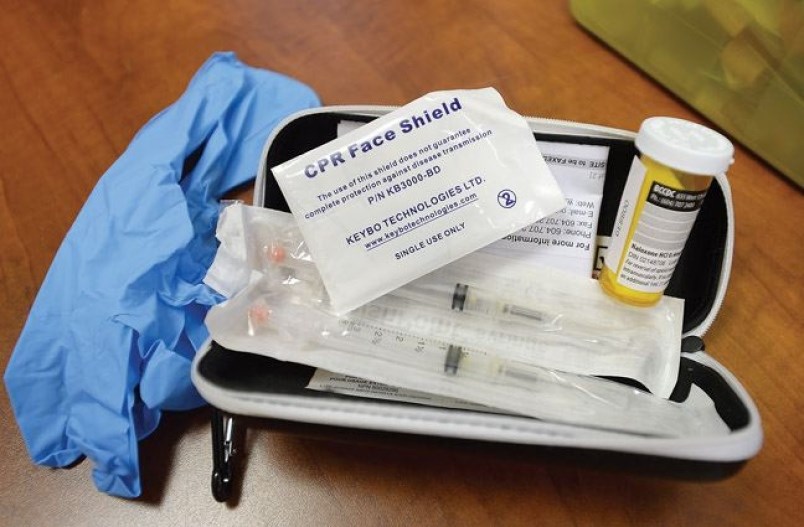Seven people died of drug overdoses in Prince George in January – as many as in Kelowna, Kamloops and Nanaimo combined.
Only Vancouver, Surrey and Victoria – all cites with much larger populations than Prince George – had more drug overdose deaths in January, according to a report released by the BC Coroners Service. Abbotsford, with nearly double the population of Prince George, was tied at seven deaths.
A total of 165 deaths in the province were linked to drug overdoses in January, the report said. It is the highest number of overdose deaths reported of any January on record.
"We lost 165 more family members, friends, co-workers and teammates in January as a result of the toxic illicit drug supply in B.C.," Health Health and Addictions Minister Sheila Malcomson said in a press release. "This staggering number follows the deadliest year our province has ever experienced when it comes to the overdose crisis. This level of loss is hard to bear, and we mourn with everyone who has lost a loved one."
The Prince George local health area (which includes Mackenzie and the Robson Valley) had a total of 63 drug overdose deaths in 2020 (including 58 in the city itself), for an overdose rate of 61.6 deaths per 100,000 population.
The local health area had the fourth-highest per capita overdose rate in the province in 2020, after Fort Nelson, Quesnel and Keremeos (a small town, southwest of Penticton).
The Northern Health region had a total of 17 overdose deaths in January, seven in Prince George, five in the Northwest health service delivery area and five in the Northeast area. In January 2020, there were nine overdose deaths in the north.
As a whole, the Northern Health region had the highest per capita drug overdose rate of the province's five public health authorities (equivalent to 71 deaths per 100,000 population, on an annualized basis). The provincial average rate was 38 deaths per 100,000.
The Northeast area had the highest overdose rate per capita (91.3 deaths per 100,000 population) in January, followed by the Northwest (78.9 deaths per 100,000), Vancouver (71.9 per 100,000) and the Northern Interior (56.9 per 100,000). Prince George is located in the Northern Interior health service delivery area of Northern Health.
In the Northern Health region, 64.8 per cent of overdose deaths between 2018 and 2021 occurred in a private residence, 20.1 per cent in other residences like hotels and shelters, 3.5 per cent in other inside locations and 11.3 per cent outside.
"Stigma is driving people to use alone, and the pandemic is pushing people further into isolation," Malcomson said. "We stepped up our response to these emergencies as quickly as possible in B.C., but the effects of the pandemic on the illicit drug supply chain has made drugs dramatically more toxic than a year ago and, tragically, more lethal."
Preliminary data suggests that illicit fentanyl, either alone or combined with other drugs, was detected in approximately 80 per cent of overdose deaths in January, and 85 per cent last year, the BC Coroners Service report said. Between April 2020 and January, 13 per cent of overdose deaths were linked to extreme fentanyl concentrations – greater than 50 micrograms per litre.
Cocaine, methamphetamine or amphetamine, other opioids and ethyl alcohol were the other leading causes of overdose deaths, the report said.
"I am committed to finding even more ways to support and separate people from the poisoned drug supply," Malcomson said. "Addressing mental health and addictions is a priority of the B.C. government, and we are resolved to continue our work to add more treatment and recovery options, more services and supports for communities throughout B.C., and to work with the federal government to move forward on decriminalization."



